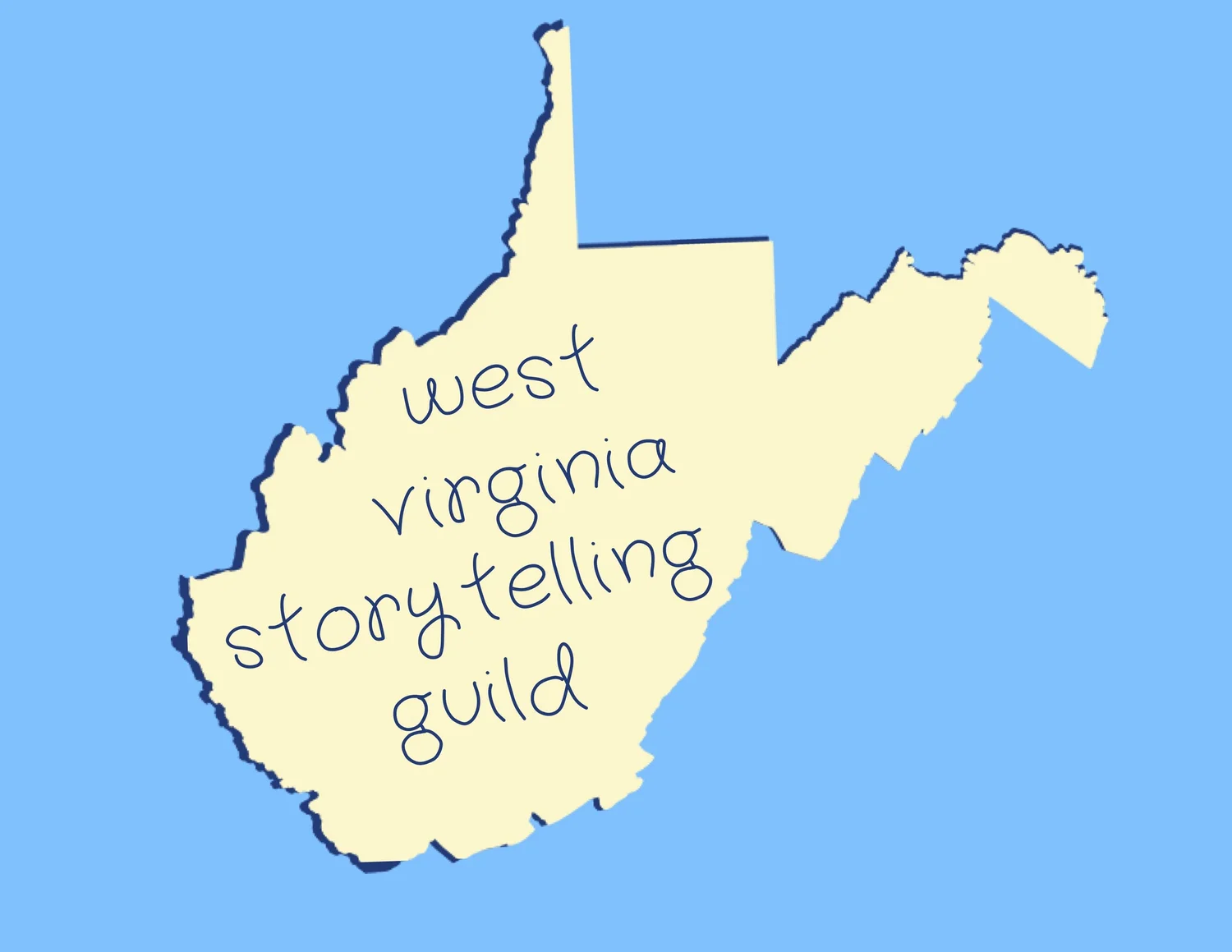Yellow journalism was once associated with sensational stories. But today? In my house? It describes the trail I leave on my porch, in my office, at my reading chair, and on the coffee table. Of course, I use the term ‘journalism’ to mean ‘journaling,’ and sensational stories? Those are this storyteller's objective as I randomly write in my yellow legal pads. The house is littered with these half-started tablets, strewn about and containing copious ‘important notes.’ My inner assignment editor-in-chief, is constantly jotting profound thoughts that arrive unannounced. Then? The copy-boy in me must reconstruct whatever it was that came out of his brain when he scribbled this or that brilliant observation.
Two requisites apply to each note written on every yellow page. One is the message, perhaps some enigmatic phrase or rhyming sentences: a quote from this book or that magazine which may be followed by a website or more likely, three or four pages filled with the spits and spurts of a ‘fantastic story.’ At that moment? My inner assignment editor has collected ideas for his next great story, due out immediately if not sooner. “This is genius!” he says. “Here is bottomless potential for an untapped story idea. Get on this! Make this happen!” he orders.
A week later, finding these bits and bites, the copy-boy in me arrives, and perusing the yellow pads, he attempts to translate little more than scratch notes into some sort of cohesive story arc. What does that editor think is the possible value in this? Why does he do this to me? Flush it out? Bring it to life? Is there a big idea here that I can even understand?
Compounding the confusion of his hidden meaning is his method. My assignment editor has never taken the time to apply the craft of writing or printing, but resorts to a unique combination of script-print; an indecipherable personal font: a script unique to him alone. Is that a ‘cl’ or a ‘d’? Then, once translated, using a single word, or, fragment he assumes that the future reader (me) will comprehend his moment of sartorial enlightenment which motivated him to write this down in his one-of-a-kind glyphic penmanship. A paragraph or three would be helpful, but the copy-boy in me is left with far less than that.
My duplicity is bridged by the minor fact that the two of us, assignment editor and copy-boy, idea man and ‘fix it’ writer, are somehow one in the same person. Over time, we have reached an accord, the copy-boy in me makes clear, “If you expect me to understand scribbles, make them nearly legible! If it’s important, I should be able to both read it and make sense of it!” he says, throwing out page after page.
However, the assignment editor in me is usually too busy to be bothered by logic or structure.
He continues to dump ideas onto yellow paper daily, attempting to write as fast as his thoughts appear, self-assured that the next one will result in the best story yet.
These battles end abruptly when the big boss arrives. “Why are these yellow journals all over my house?” my wife asks.
The editor-in-chief is tempted to scream “Are you kidding?” These are gold!”
But the copy-boy, ever the worker bee, collects them, placing them in the pile, with the others, wondering this time if the assignment editor might be right. Together, their yellow journalism may well produce a sensational story. Then, looking at the top page he turns on the computer.
MikePerry.biz Where would the world be without stories?
There’s no telling!
